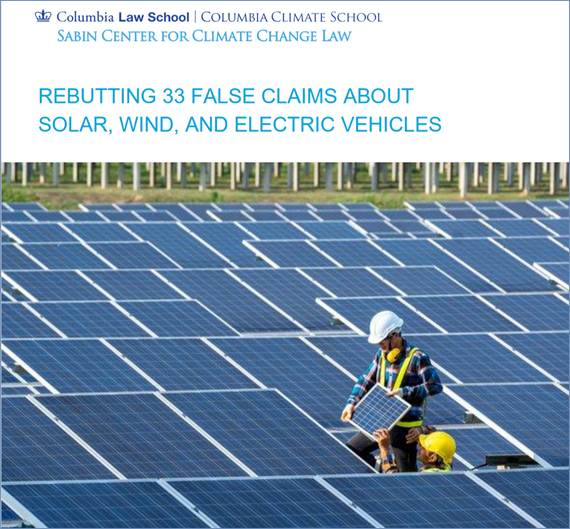Land, Vol. 12, Pages 1298: Relative and Cumulative Effects of Climate and Land Use Change on Hydrological Ecosystem Services in Northeast China
Land doi: 10.3390/land12071298
Authors: Mengqi Wang Guoping Lei
Climate change (CC) and land use change (LUC) have been determined as two major environmental change variables that broadly affect hydrological ecosystem services (HESs). However, the relative and cumulative effects of CC and LUC on HES at large spatial scales where there is great environmental heterogeneity is still unclear enough to support the formulation and update of land use decision-making and ecological management policies. This study has quantified the spatiotemporal change of HESs (water yield, water purification, soil retention) from 1992 to 2020 in northeast China, and evaluated the relative contribution and cumulative effects of CC and LUC on HESs through environmental setting scenarios and using two indicators (the Relative Importance Index and the Combined Effects Index). This study yielded the following results: (1) From 1992 to 2020, water yield (WY) (+94.33 mm) and soil retention (SR) (5.28 × 103 t/km2) both showed an upward trend from 1992 to 2020 and an upward trend in nitrogen export (NE) indicating a decline in water purification (WP). (2) There was significant spatial heterogeneity of HESs in northeast China, which included significant increases in WY in the Sanjiang Plain; NE in the Songnen Plain (SNP), Sanjiang Plain (SJP), and Liao River Plain (LJP); and SR in the Greater Khingan Mountains (GKMR), Lesser Khingan Mountains (LKMR), and Changbai Mountains (CBMR). (3) WY was more affected by CC than LUC, especially in the SJP, the eastern LRP, and the southern CBMR; NE was more affected by LUC than CC in the western LRP, the southern GKMR, and the southwestern SNP; SR was more affected by LUC than CC in the GKMR; SR was more affected by CC than LUC and intensity gradually increased in the CBMR and LKMR. (4) The cumulative effect of CC and LUC contributed to HESs in most regions but inhibited HESs in some regions; warming and forestland expansion especially significantly inhibited WY. Our study emphasizes that current land use policies and ecosystem management practices should consider the relative and cumulative effects of CC and LUC on HESs to maintain diverse ecosystem services and ensure human well-being.

 1 year ago
27
1 year ago
27

